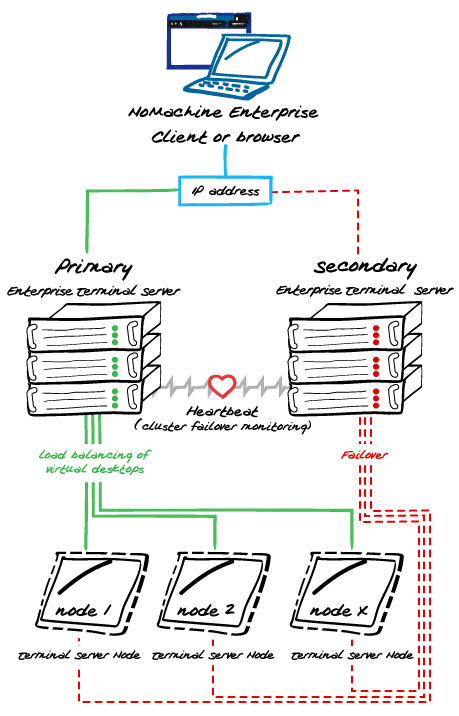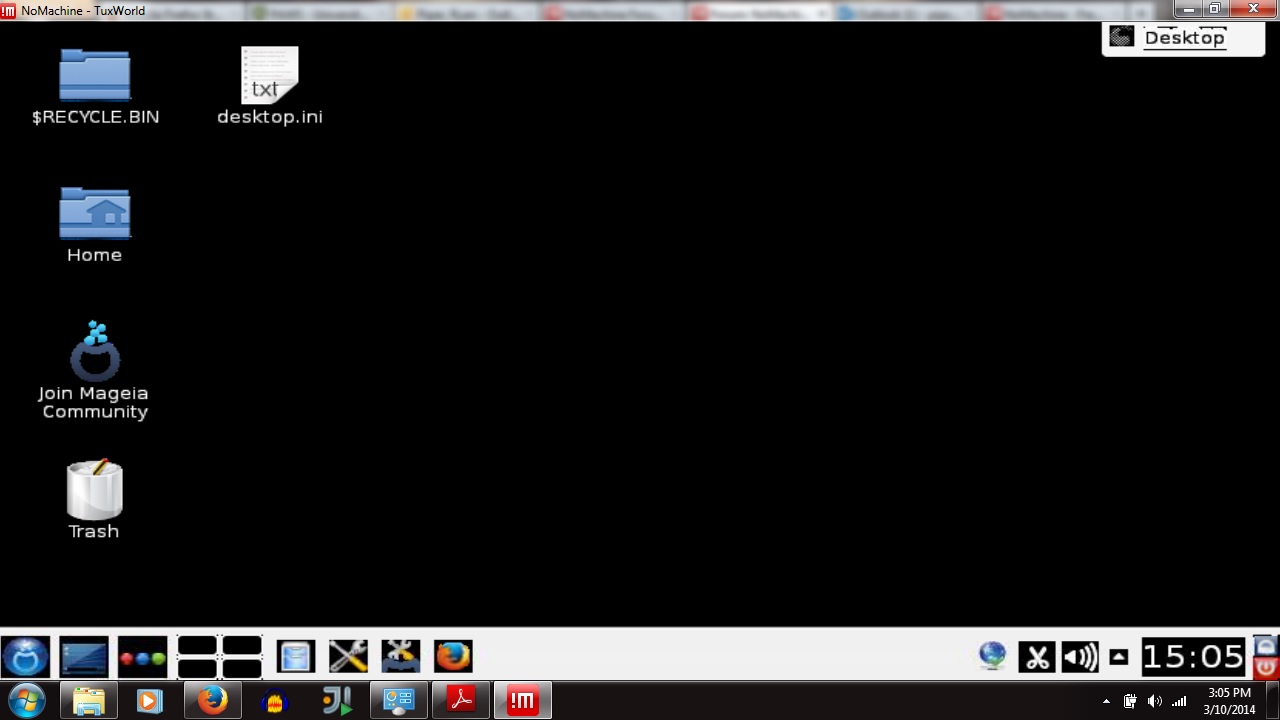

When connecting to the Wayland-based desktop, the user gets a blank screen.

A possible solution for both cases is to disable Wayland, or when this is not possible, to try any of the options explained below. Note that even in this case, some issues can still occur when the proprietary drivers of the video card are installed. In case of a Wayland-based desktop, NoMachine adopts a variety of methods to interact with it, but at the moment these methods are effective only when the Operating System is running on a physical host. The same applies to the NoMachine software, that can be installed on a physical or virtual host to provide access to its desktop.

These Wayland-based desktops operate also when the Operating System runs on a bare-metal virtual machine or in virtual machine on a hosted hypervisor like VMware Workstation Player, VirtualBox, KVM, VMware ESX. Fedora 31, OpenSUSE 15, Ubuntu 19.10 or later) provide support for desktop environments relying on Wayland compositor. Many recent Linux operating systems (e.g.


 0 kommentar(er)
0 kommentar(er)
